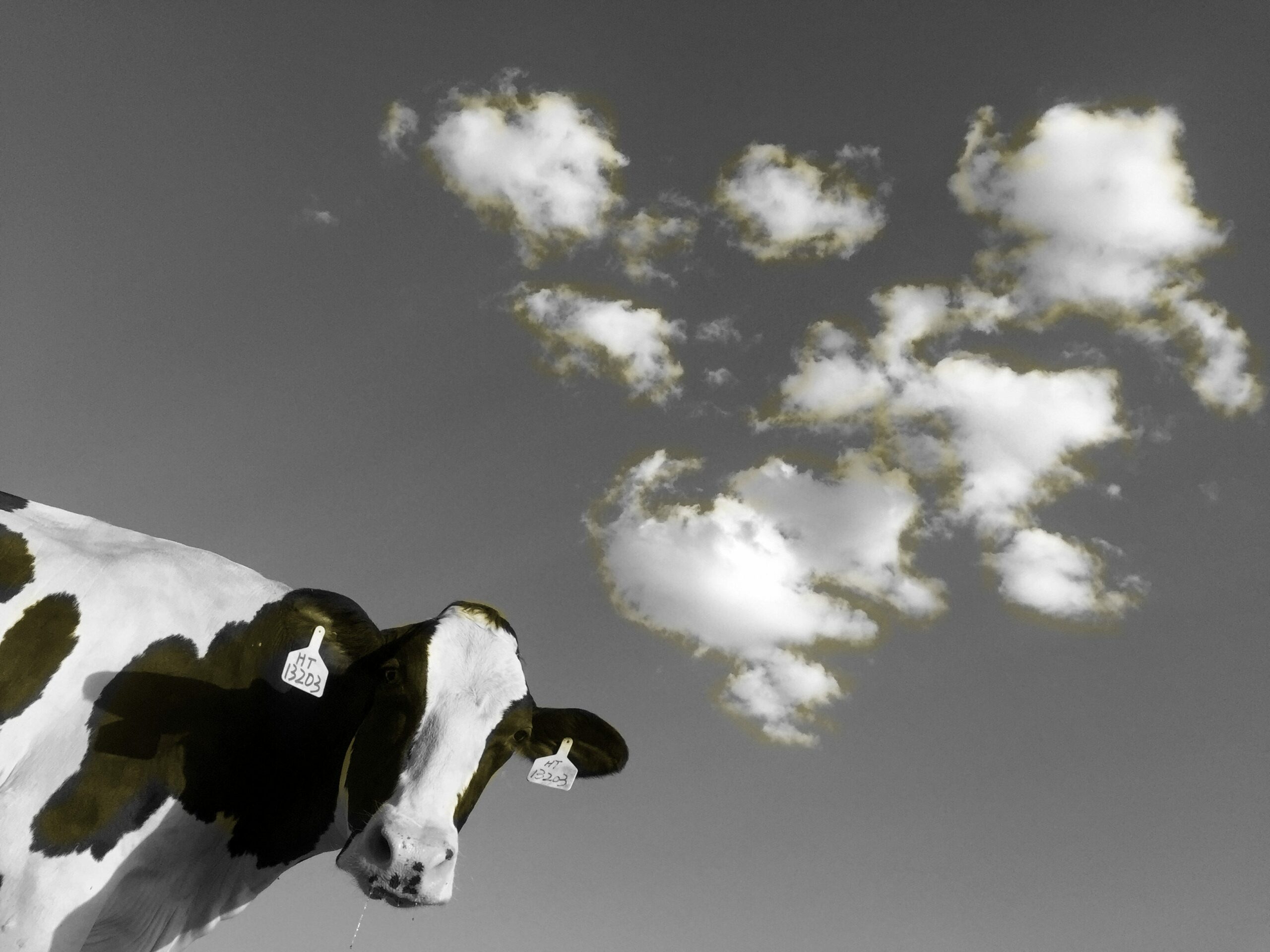So you’ve got your Keras model set up, and it can do everything you want it to do. But how do you get it onto an iOS device? Thanks to Apple’s Core ML library, this process is painless and can be done in less than 10 lines of code. Better yet, once you write the code I’ll show you below, there’s very little you’ll have to change for the next time you need to convert a model. Here’s a link to the GitHub repo:
Continue reading Using coremltools to Convert a Keras Model to Core ML for iOS









